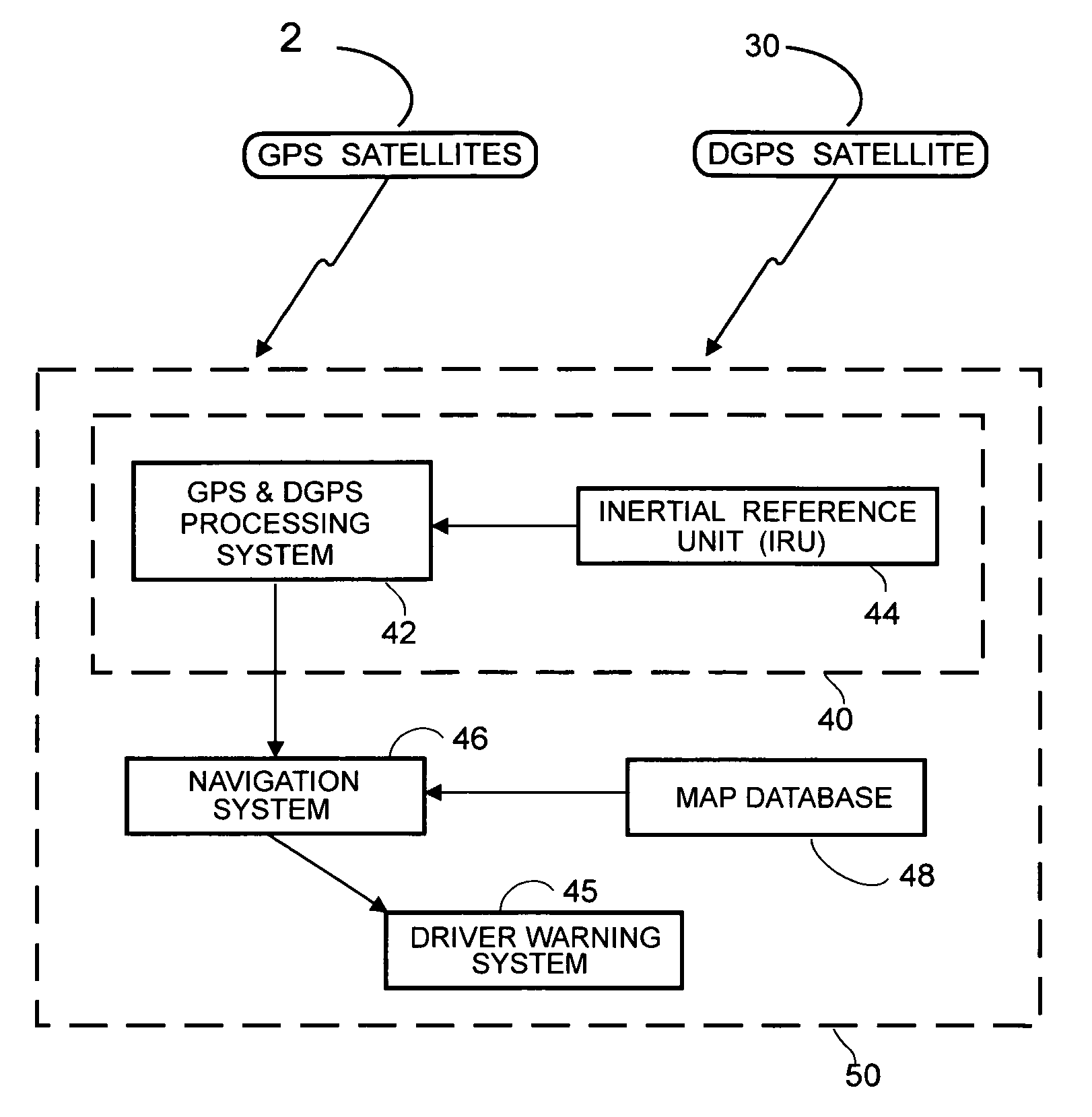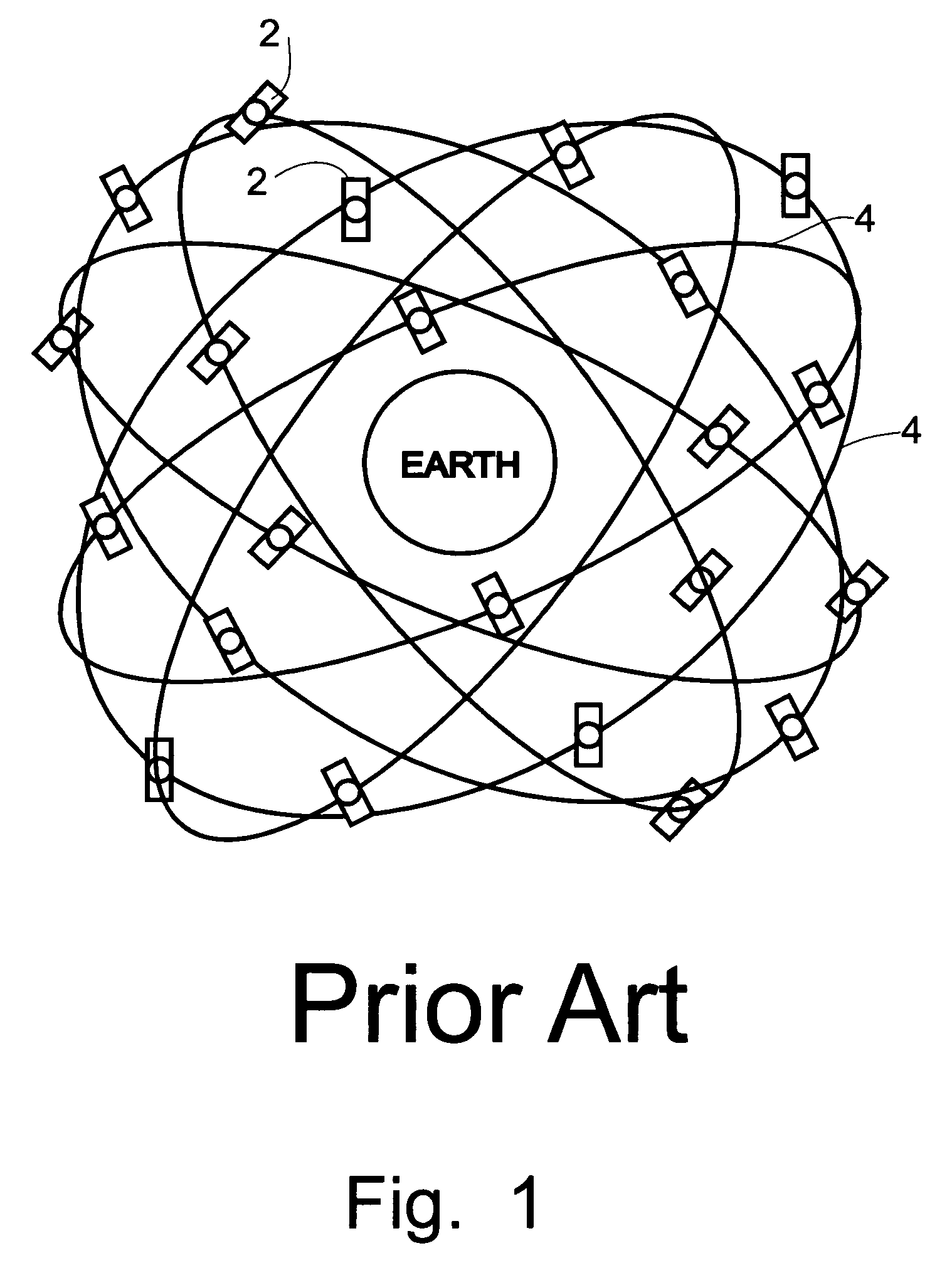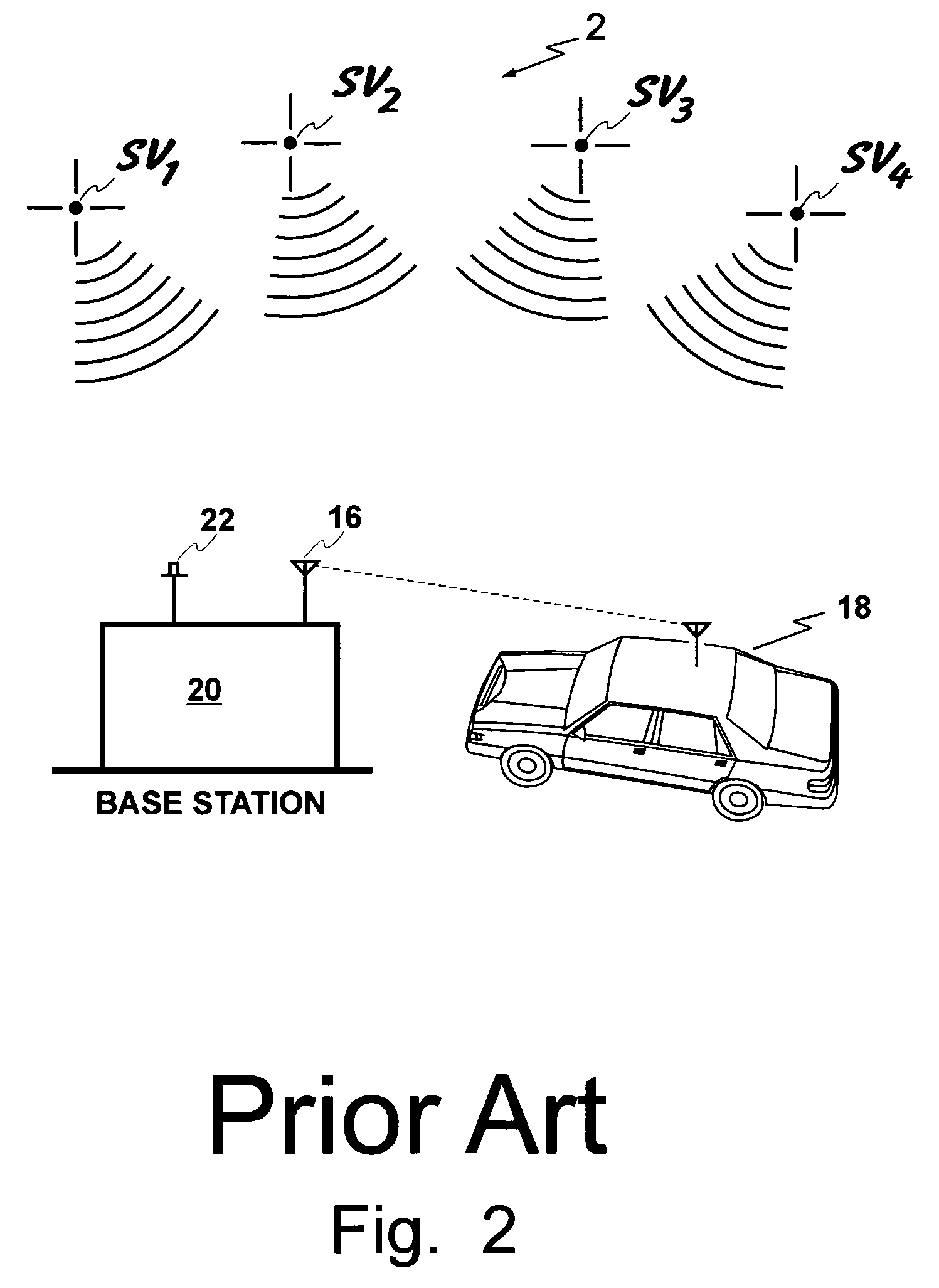Communication method and arrangement
a communication method and communication arrangement technology, applied in the field of automobility safety, intelligent highway safety system, accident elimination, collision avoidance, etc., can solve the problems of author (unnecessarily) complicating matters, insufficient rtzfTM system, interference from toll collection system, etc., to achieve the effect of avoiding accidents at intersections
- Summary
- Abstract
- Description
- Claims
- Application Information
AI Technical Summary
Benefits of technology
Problems solved by technology
Method used
Image
Examples
Embodiment Construction
1. Vehicle Collision Warning and Control
[0139]According to U.S. Pat. No. 05,506,584 the stated goals of the US DOT IVHS system are:[0140]improving the safety of surface transportation[0141]increasing the capacity and operational efficiency of the surface transportation system[0142]enhancing personal mobility and the convenience and comfort of the surface transportation system[0143]reducing the environmental and energy impacts of the surface transportation system
[0144]The RtZF™ system in accordance with the present invention satisfies all of these goals at a small fraction of the cost of prior art systems. The safety benefits have been discussed above. The capacity increase is achieved by confining vehicles to corridors where they are then permitted to travel at higher speeds. This can be achieved immediately where carrier phase DGPS is available or with the implementation of the highway located precise location systems as shown in FIG. 11. An improvement is to add the capability for...
PUM
 Login to View More
Login to View More Abstract
Description
Claims
Application Information
 Login to View More
Login to View More - R&D
- Intellectual Property
- Life Sciences
- Materials
- Tech Scout
- Unparalleled Data Quality
- Higher Quality Content
- 60% Fewer Hallucinations
Browse by: Latest US Patents, China's latest patents, Technical Efficacy Thesaurus, Application Domain, Technology Topic, Popular Technical Reports.
© 2025 PatSnap. All rights reserved.Legal|Privacy policy|Modern Slavery Act Transparency Statement|Sitemap|About US| Contact US: help@patsnap.com



